I review a lot of laptops here at PCWorld, and I’m always surprised when I unbox one without biometric hardware.
Fingerprint readers and infrared (IR) cameras for facial recognition are both great—and some laptops even have both! But then you have those that skip the biometric hardware entirely, which is a huge loss these days. I would never give it up if I had the choice.
It’s so important that I won’t buy a laptop if it doesn’t have it, and I go out of my way to add it to my desktop PCs. Why? Because Windows 11 has a security feature called Windows Hello that lets me log in with my face or a fingerprint scan. It’s more secure and more convenient. In 2025, you shouldn’t accept any laptop that lacks Windows Hello support.
You should avoid typing PINs in public
Most laptops—unfortunately, not all laptops—now have built-in biometric hardware. You have two options here: a fingerprint reader (usually somewhere on the keyboard) or an IR camera that’s integrated alongside the normal webcam. Some laptops have both.

Chris Hoffman / Foundry
With biometrics, you don’t need to type your PIN or password whenever you sit down in front of your laptop. That’s good news because typing your PIN or password in public is a security risk. If someone is “shoulder surfing” and watching what you type, they could pick up on it—and PINs are particularly easy to steal.
I can’t stress the security angle enough. Your PIN is the key to device encryption on your PC. With that PIN, a thief or attacker could bypass your PC’s encryption and gain access to all your data. It’s better to skip PIN entry altogether and use biometrics instead.
Biometric hardware isn’t just for signing in
Windows Hello is best known for its secure sign-ins, but Windows—and the applications you use—can do a lot more than that with it.
For example, if you use a password manager, you can unlock your password vault with Windows Hello. I use 1Password myself, and I have a seamless experience unlocking my own password vault on modern PCs with Windows Hello. On PCs without Windows Hello, I’m stuck typing my master password every time.
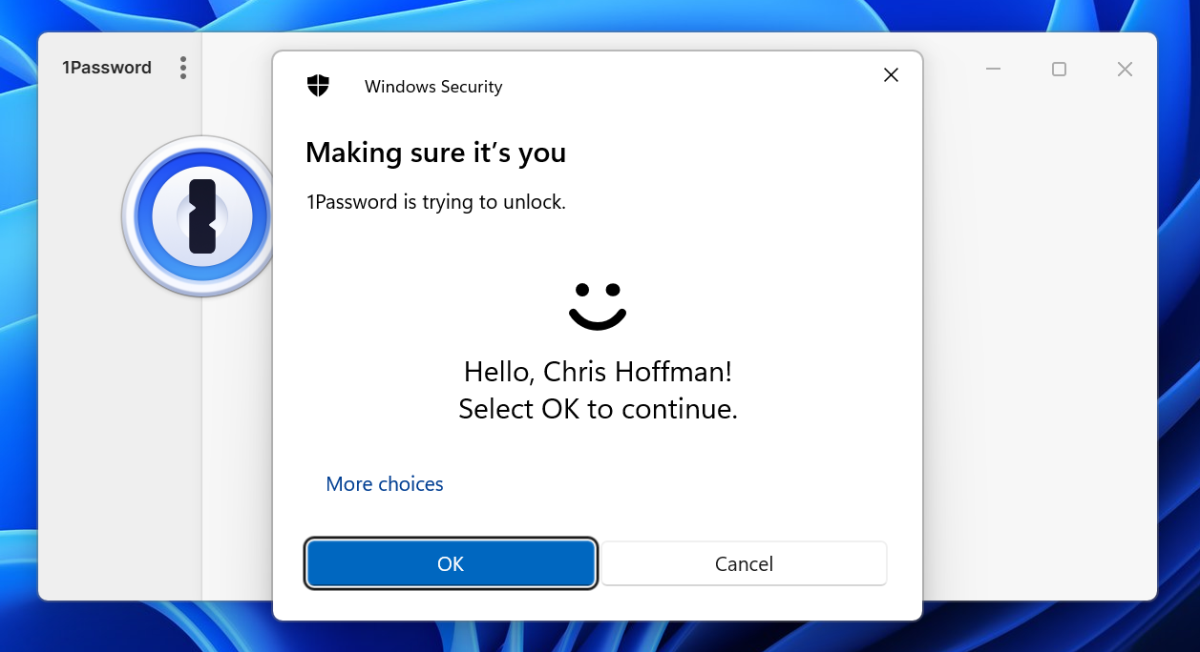
Chris Hoffman / Foundry
Windows can also store passkeys for quickly signing into websites, but you have to authenticate before using them. Without biometrics, you have to type your PIN every time you want to use passkeys; with biometrics, you authenticate with a fingerprint or your face. Learn more about ways to use passkeys instead of passwords.
Why laptop makers skip biometrics
Whenever I review a laptop that lacks Windows Hello hardware, I always list it as a strike against that laptop. Manufacturers may omit the hardware to save money and hit lower price points, which makes sense on budget gaming laptops where non-essentials can be cut for performance.
But I sometimes see it missing on surprisingly expensive laptops, too, and there’s really no excuse for that—especially when many of the best budget laptops still offer Windows Hello hardware. Clearly it’s possible, so it’s becoming harder to justify when it isn’t there.
Before you buy any laptop, there’s a lot you need to consider. It’s one thing to make sure you don’t go below bare minimum specs, but it’s also vital to check for key features like fingerprint readers and IR cameras for Windows Hello. When we review laptops here at PCWorld, we always cover “Biometrics” in each laptop’s specifications list.
I prefer facial recognition, but fingerprint readers are just as good
I prefer facial recognition, which requires an IR camera. If you’ve used Face ID on Apple, you know how convenient it can be. All you have to do is open up your laptop and it automatically wakes up, detects your face, and signs in for you. No waiting around. With a Windows Hello webcam on my PC, I can do the same thing.
Convenience-wise, facial recognition beats fingerprint scanners. With the latter, you have to physically swipe your finger to log in or run that Windows Hello authentication check. It’s one extra step that slows things down. But security-wise, it’s just as good and works just as well.
Note: A recent Windows update disabled facial recognition in dark environments. If you frequently use your laptop or PC in a dark room, you may want to use a fingerprint reader for that reason alone.
How I add biometrics to my desktop PCs
Windows Hello is so convenient that I added it to my desktop PC, too. Since I prefer facial recognition, I went with a Dell UltraSharp webcam (model WB7022). It’s a high-end 4K webcam that’s great for filming podcasts and video meetings, and it has a built-in IR camera.
Dell UltraSharp 4K Webcam (WB7022)
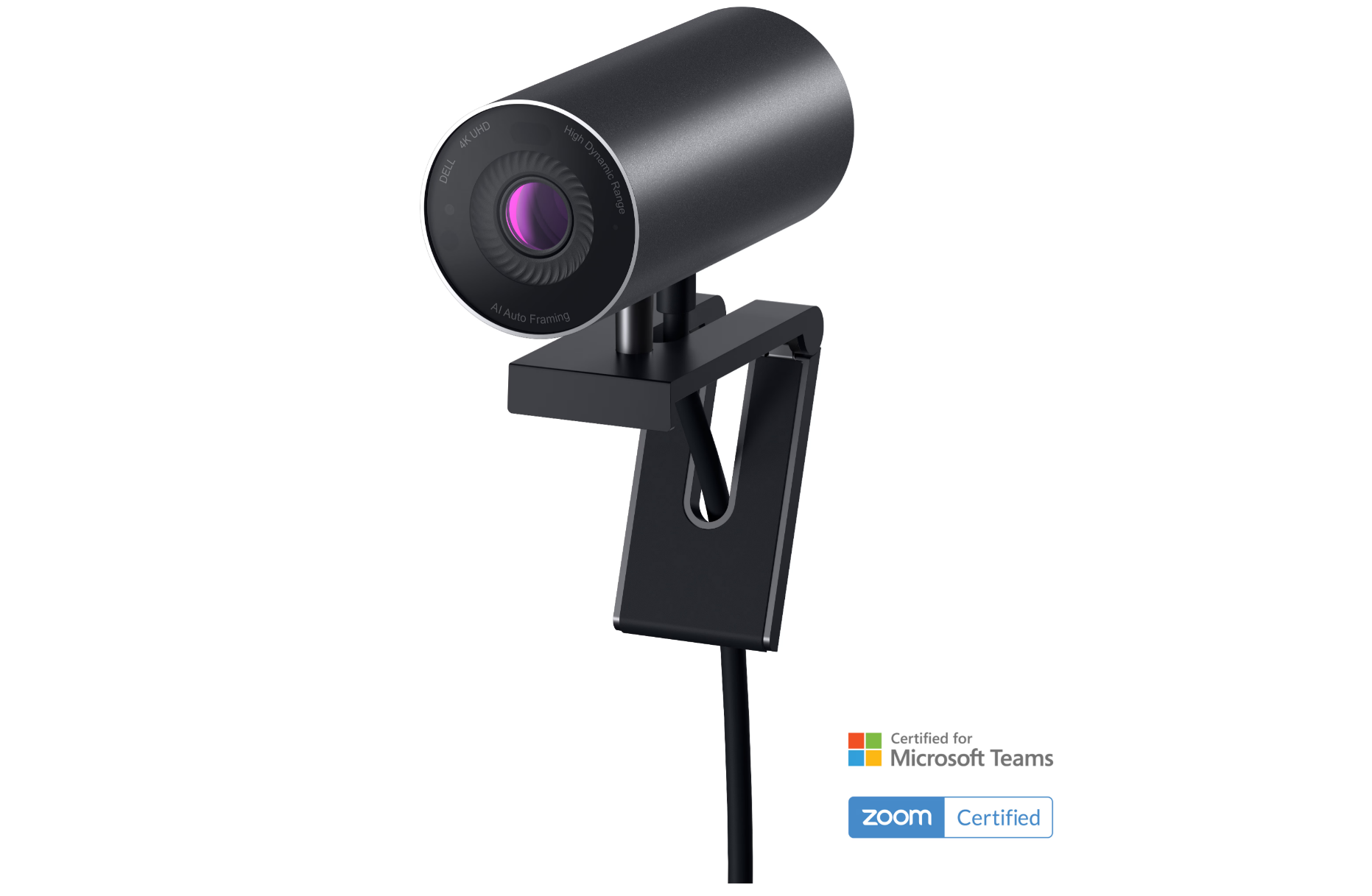
There are more budget-friendly Windows Hello webcams out there if you don’t need to show up to your Zoom meetings in 4K. Check out our roundup of the best Windows Hello webcam for other great options.
You can also get USB fingerprint readers that work with Windows Hello. I explored these many years ago before Windows Hello-compatible webcams were widespread. I’ve had a solid experience with Kensington USB fingerprint readers like the Kensington VeriMark Gen 2.
Kensington VeriMark Gen2
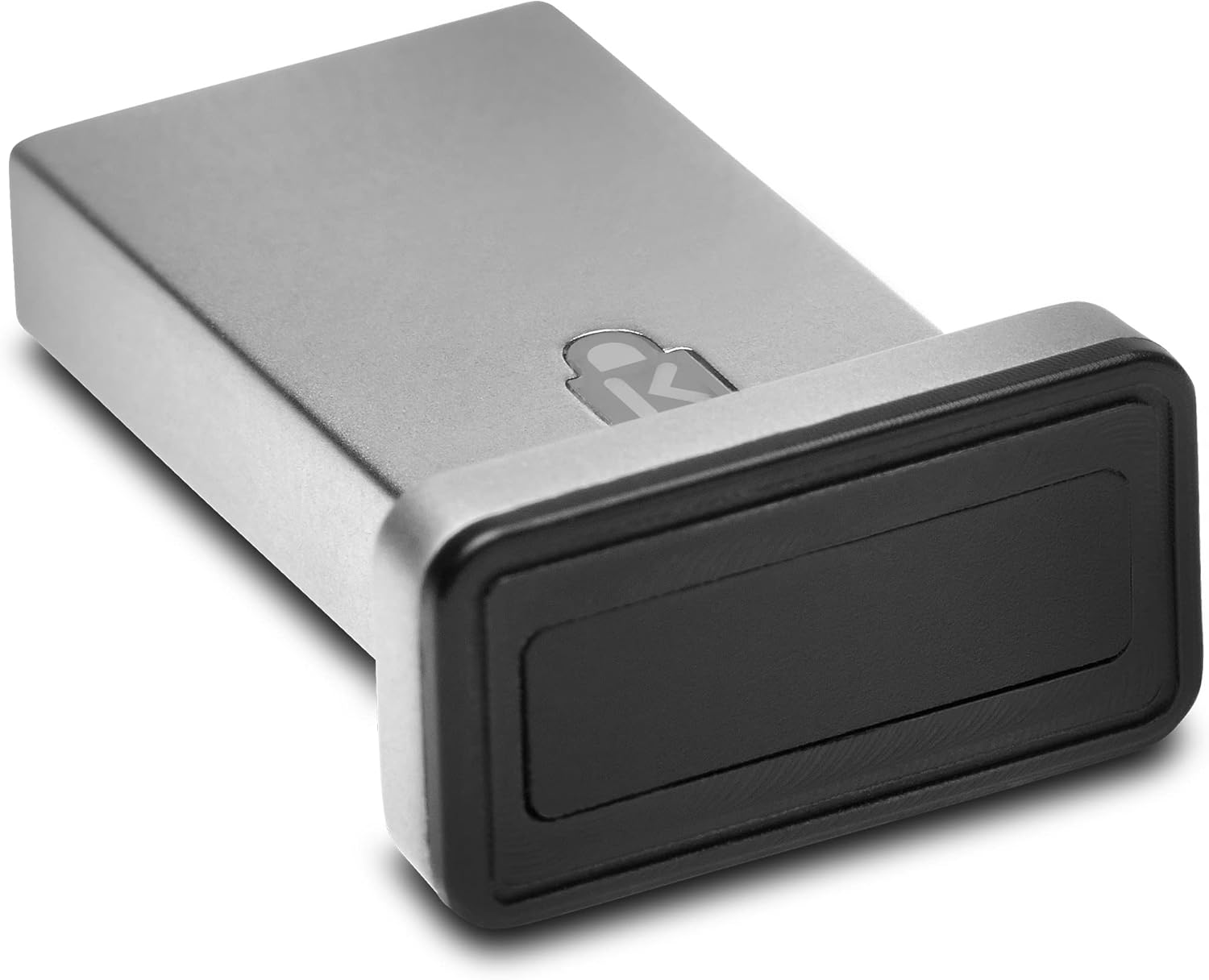
However, like I mentioned above, unless you have a good reason to use a fingerprint reader, I recommend taking the Windows Hello webcam route. It’s just more streamlined and convenient overall. And, since you’re already spending the money, you might as well make yourself look better on video calls at the same time.
Before buying a laptop, always check for biometric hardware
Hopefully I’ve convinced you why it’s so essential to get a laptop with Windows Hello biometrics built into it. You can’t easily add it in after the fact, unless you wa
Chcete-li přidat komentář, přihlaste se
Ostatní příspěvky v této skupině

I recently described how a recent flurry of smart home failures made

Google Gemini continues to push the limits of what it knows about you

Nobody really expects Windows on Arm PCs to keep up with their cousin
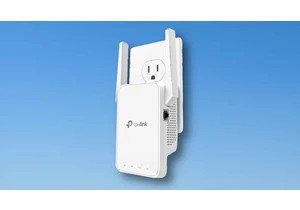
In the age of uber-fast internet, spotty Wi-Fi connections can be sup

What’s the difference between a gaming laptop and a handheld gaming P
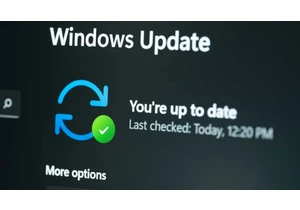
Yesterday was Patch Tuesday for Microsoft, which means tons of securi
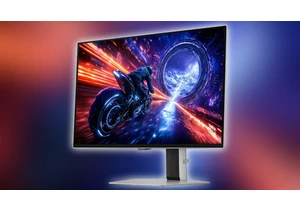
It looks like we’ve got a genuine arms race going on between Samsung
